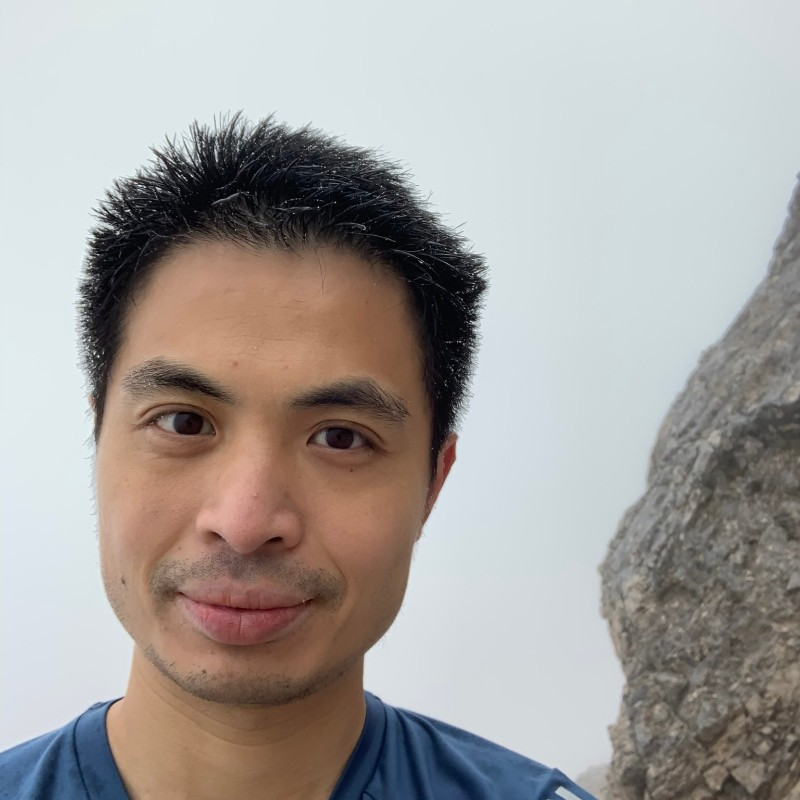Doctor.ai: Navigate a Medical Knowledge Graph using English
Knowledge graphs have become more and more common in the medical field. And yet only experts with the required programming skills can operate them. A substantial proportion of the world population can neither read nor write, let alone program in Cypher or Gremlin. Without access to medical knowledge graphs, they are at a disadvantage in healthcare. This realization has motivated us to develop Doctor.ai–a multilingual voice chatbot for healthcare. In its backend, a large collection of medical records are organized into a Neo4j graph hosted on the cloud. We then connect it with three public knowledge graphs: KEGG, Hetionet and STRING. They offer contextual information about genes, disease, drugs and their interactions. Patients and doctors dictate or type the multilingual questions at the web frontend with the highly accurate Alan AI. GPT-3 from OpenAI translates the various languages into English. It also converts the English questions into Cypher queries that Doctor.ai uses to retrieve data from the knowledge graph. Finally, GPT-3 formulates the answers back in the original language. Both patients and doctors can benefit from the vast network of knowledge stored in Doctor.ai. Patients can inquire about their own medical histories, biomedical terms and health recommendations, while the doctors can gain knowledge about the disease patterns, diagnoses and treatments. It spreads the newest research results, helps the doctor to make better decisions and informs the patients of their options. Doctor.ai can be deployed in a home smart device, in a clinic or even in the national hospital network. It can become an integral part of our healthcare system.
